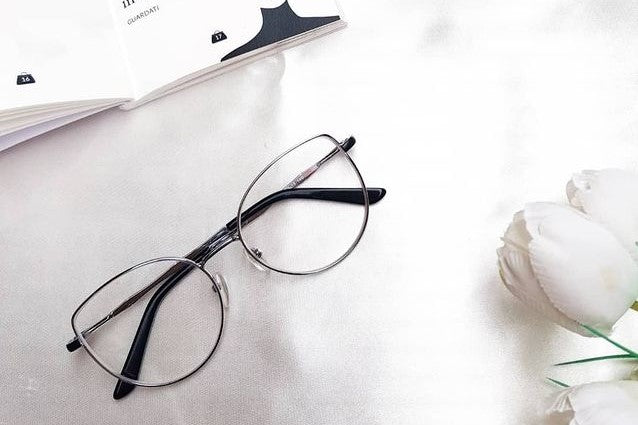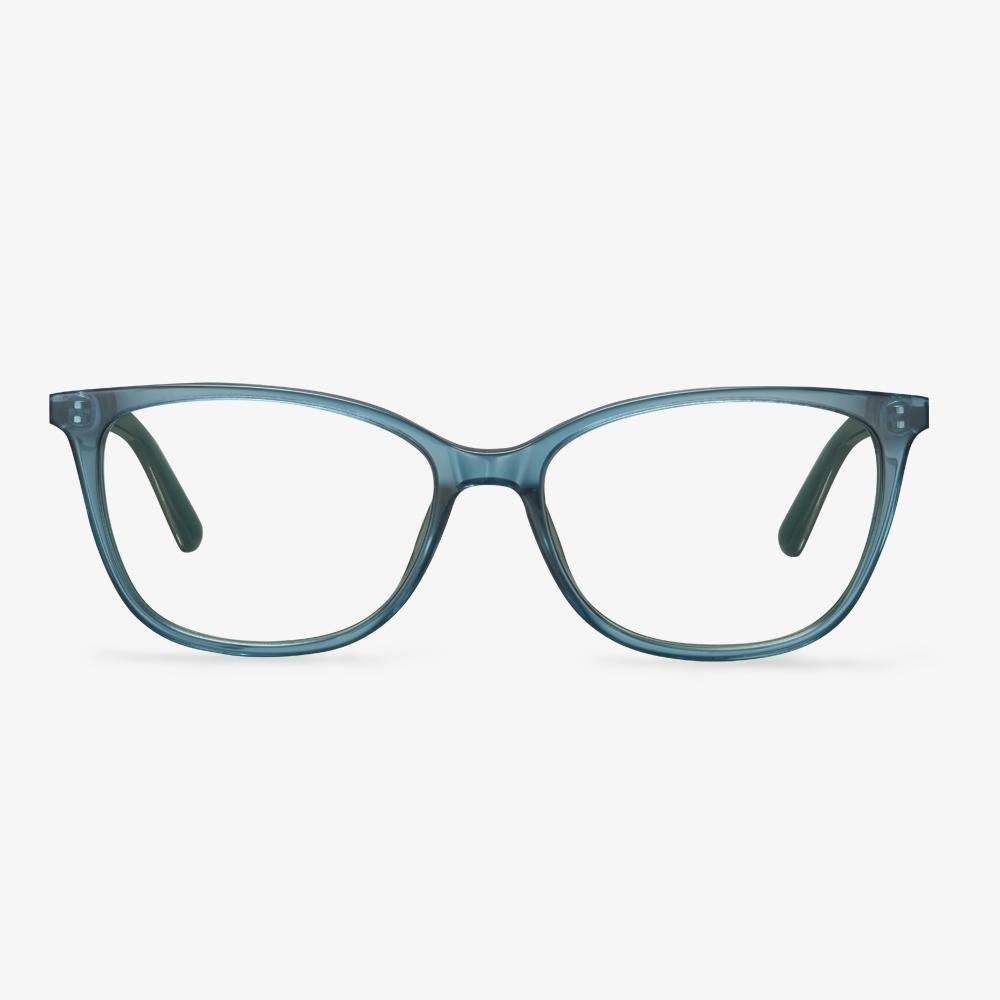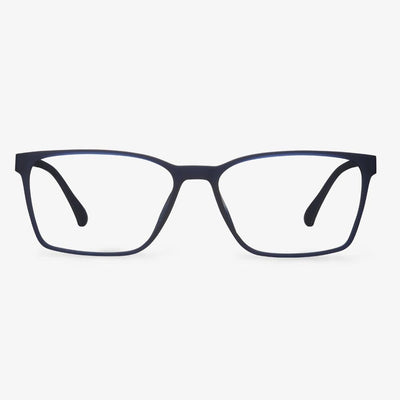Why Are My Progressive Lenses Blurry?
So, why are my progressive lenses blurry on sides? It can be caused by a lot of reasons, and we will list some of them.
The strength of progressive lenses is the factor that leads to initial peripheral blurriness. Progressive lenses tend to be blurry on the sides because each lens promotes three fields of vision. In addition, peripheral blurriness or haziness is a sensation that typically develops because more than one lens has been incorporated into one lens. The wearer also might feel as if he or she is moving from side to side.
After learning what may cause progressive lenses blurred, so how can you adapt to the progressive lenses? Therefore, in the following section, we will show you how to get used to progressive lenses.
Can you use rubbing alcohol to clean glasses?
The stimulus effect of alcohol will damage the coating of the lens. If the coating of the lens is destroyed, the transmittance of the lens will decrease and the clarity of the lens will decrease. In addition, if the film layer of the lens is damaged, the scratch resistance and anti-reflective properties of the lens will decrease. Especially if the film layer of the lens is damaged severely, the lens is easily scratched, which directly affects the vision. Therefore, when cleaning the lens, you must be careful not to use irritating cleaning.
What to consider when buying eyeglasses?
The size of the frame should match the pupil distance so that the edge thickness of the lens is thinner and more comfortable to wear. The size should be proportional to the size of the face. The upper edge should not be higher than the eyebrow and the eyebrow should not be visible in the lenses. The shape of the frame should match the shape of the face and skin tone to meet aesthetic requirements. The rectangular face should choose a circular arc or arc transition frame. An inverted triangle face shape should choose one with a lower wide edge.
Why do people like wearing rimless glasses?
Rimless glasses are not heavy in weight, so they are suitable for all skin types. Even if you have oily skin, because the glasses themselves are not heavy in weight, they are not easy to slip off. Since rimless glasses have no frames and are made of memory titanium alloy, they are not heavy, which greatly alleviates the pressure on the bridge of the nose and eyes and makes them more comfortable to wear. And because there are no frames, the wearer has a wider field of view.
Acetate frame and plastic frame
What is the difference between acetate frame and a plastic frame? Acetate frames are lighter and generally considered to be better than plastic frames. Acetate is known for its hypoallergenicity, so it is a popular choice for people with sensitive skin. Unlike some plastic or metal frames, they can cause allergic reactions.
- The manufacturing process makes the plastic frame more brittle than the acetate frame.
- If the temple does not have a metal bracket, it is difficult to adjust the plastic glasses.
- There are fewer choices of colors and patterns for plastic frame
However, you will notice that acetate frames are generally more expensive than ordinary plastic frames. Spectacle frames are daily necessities that we use for a long time. Therefore, durability is essential, and the life span of the acetate frame is longer.
Parameters of lens material selection
Abbe number
Since the refractive index of the lens material varies for the light of different wavelengths, and white light is made up of various colors of light of different wavelengths, the dispersion phenomenon occurs when the lens refracts white light. The dispersion coefficient is an important index to identify the sharpness of lens imaging, which is usually indicated by Abbe number (Abbe number = dispersion coefficient). The larger the Abbe number, the smaller the dispersion, and vice versa, the smaller the Abbe number, the larger the dispersion, and the worse the resolution of the image.
Impact resistance
Humans have been using glass lenses for about 300 years, and it was not until 1947 that the first resin lenses made of CR39 were produced. A big reason for using resin lenses is their safety, i.e. impact resistance. Only lenses that pass the Drop Ball Test are considered safe. Combining the above two parameters, we can compare different lenses.
How to Test Blue Light Glasses (Amber and Red Lenses)
This section will show you how to test blue light glasses with amber or red lenses.
1. The Black and Blue Squares Test
1. Prepare black and blue paper.
2. Wear your blue light glasses after sunset and check whether both paper appear black.
3. If they do not appear black, your blue light glasses can’t block all blue light.
2. RGB Color Chart Test
1. Prepare an RGB color chart as follows.
2. Wear your blue light block glasses and look at the chart.
3. After wearing blue light blocking glasses, if the B section becomes black and the G section becomes darken, it shows that your blue light glasses block blue light and some filter some green light.
4. The less bright the green circle with your blue light glasses, the better they are.

Besides the above ways, you can ask the professional optician to perform a professional blue light glasses test, which would be more reliable. After that, you can know whether your glasses work effectively to block blue light.
What’s more, if you want to purchase a pair of effective blue light blocking glasses, you can try Koalaeye Optical. It is cheap and provides free shipping services.











































